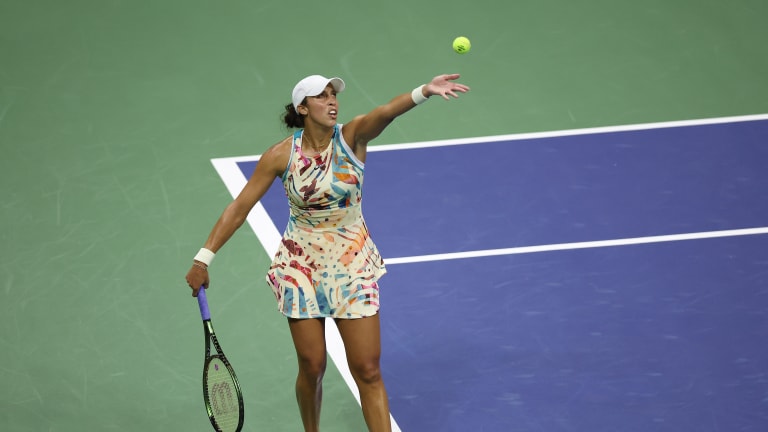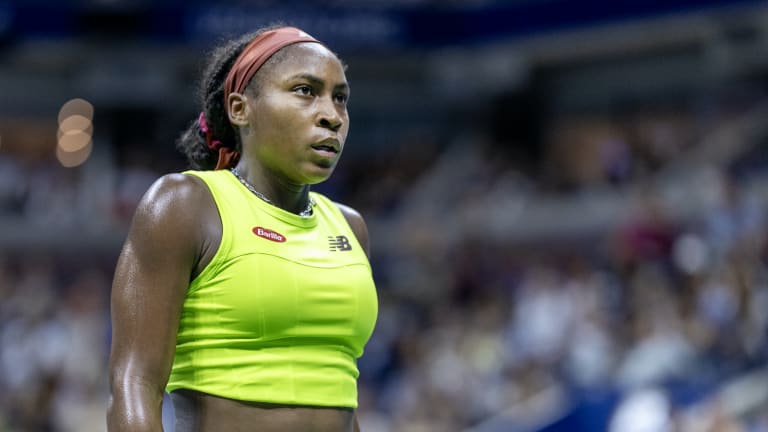US Open
Four Grand Slam winners, five storylines: The state of the WTA in 2023
By Sep 11, 2023US Open
Eric Butorac will replace Stacey Allaster as US Open tournament director
By Nov 17, 2025US Open
Beyond The Champions: 2025 US Open Winners and Losers
By Sep 10, 2025US Open
In US Open defeat, Jannik Sinner faces his shortcomings
By Sep 09, 2025US Open
Amanda Anisimova's US Open fortnight wasn't just "incredible"—it was redemptive
By Sep 09, 2025US Open
Overcoming Doubt, Finding Deliverance: Six WTA takeaways from the 2025 US Open
By Sep 08, 2025US Open
Service and a smile: How Carlos Alcaraz conquered Jannik Sinner at the 2025 US Open
By Sep 08, 2025US Open
Carlos Alcaraz captures sixth Slam and second US Open title, dethrones No. 1 Jannik Sinner
By Sep 07, 2025US Open
Alcaraz vs. Sinner US Open final start delayed by 30 minutes
By Sep 07, 2025US Open
Blinding Lights: Amanda Anisimova rues missed opportunities, serve woes after US Open final
By Sep 07, 2025Four Grand Slam winners, five storylines: The state of the WTA in 2023
From the state of play to the state of the tour's economics, what are the major takeaways from the major season?
Published Sep 11, 2023
Advertising
Advertising

The variety of playing styles at the top of the WTA Tour makes for compelling viewing.
© Corbis via Getty Images
Advertising

The serve is particularly important these days on the WTA Tour.
© Getty Images
Advertising
Advertising

Does in-match coaching need an overhaul?
© 2023 Tim Clayton